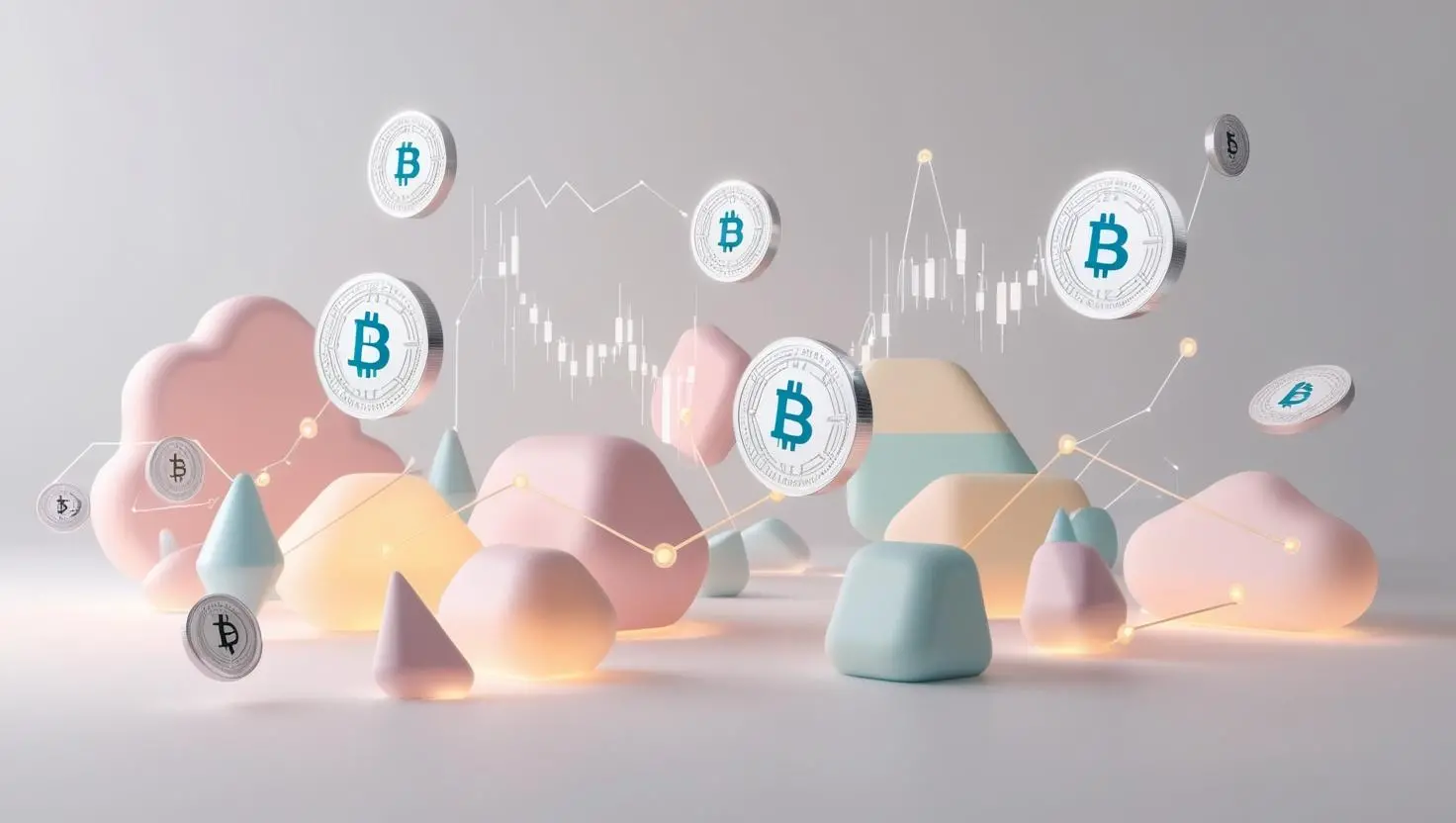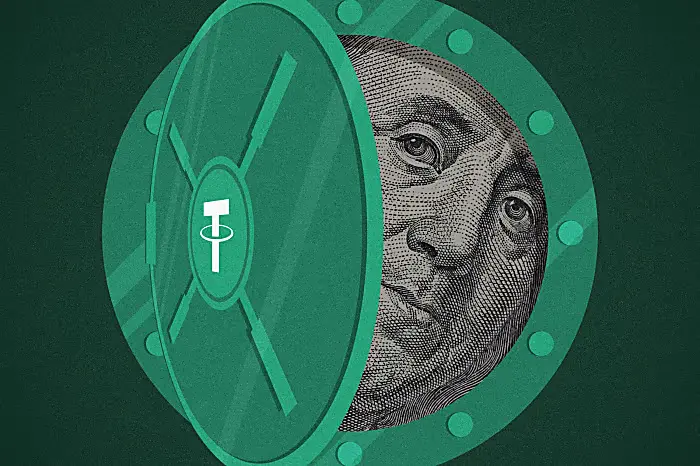Understanding RWA Narrative Logic and 10 Projects Worth Noting
Compiled by: Deep Tide TechFlow
We are at a significant moment in the history of cryptocurrency.
In the past few weeks, we have witnessed a 180-degree shift in the U.S. attitude towards cryptocurrency. Unexpectedly, all eight Ethereum ETFs have received approval from the SEC. Additionally, the U.S. House of Representatives has not only passed the cryptocurrency FIT21 Act, but also legislation to prevent the creation of central bank digital currencies. But more notably, we are seeing cryptocurrency begin to emerge as an important topic in the upcoming U.S. presidential election.
Therefore, if you are a large financial institution, the message is clear: cryptocurrency is not going away, and you better familiarize yourself with it and start exploring its various use cases, lest you be left behind.
From this perspective, it seems obvious that the tokenization of real-world assets has enormous growth potential.
But what exactly is this trend, why is it generating such a buzz, and how can we maximize its benefits? This is what we will explore in this article.
Cases of Real-World Asset Tokenization
If software is eating the world, then real-world asset tokenization is consuming the capital markets.
In recent years, the real-world asset (RWA) space has become one of the most promising use cases for blockchain technology by bringing real-world assets on-chain. The case for RWAs is simple: it bridges the stability and value proposition of real-world assets with the innovative features and potential efficiencies of blockchain technology and decentralized finance (DeFi).

In fact, many view this space as the new hotspot in finance. Recently, we have even seen some of the biggest names in finance, such as BlackRock and Franklin Templeton, show strong interest in this area and launch their own tokenized funds.

(Source: Bloomberg)
Theoretically, any real-world asset that is easy to trade can be tokenized and brought on-chain. This includes both tangible and intangible assets, as well as fungible or non-fungible assets. Here is a non-exhaustive list of some of these assets.

Why is Tokenization So Important?
Without clear advantages to bringing assets on-chain, RWAs would not be receiving such significant attention. The table below explains the main advantages of tokenization.

The core theory of DeFi is that blockchain can create a better standard for the seamless exchange of different assets. In this sense, RWAs are about recognizing the value proposition of DeFi and extending it to every tradable asset to build the next generation of markets—a market that is more transparent, secure, fair, and open.

Understanding the RWA Trend
We are entering the era of market tokenization. Gradually, all assets will be brought on-chain, challenging the status quo of global capital markets that has existed for the past 30 years. Especially when we consider that the trend of RWAs is at the intersection of two trends shaping the world today: financialization and digitization.
Financialization: Today, finance knows no borders, and economies are becoming increasingly borderless, with individuals transferring ownership of assets globally. Everything has a market, everything has a price, and everything becomes tradable. Therefore, establishing more efficient, transparent, fair, and open market mechanisms makes more and more sense.
Digitization: The world is becoming increasingly digital. We have connected phones, watches, and soon connected brains. In this sense, it seems a logical progression for proof of asset ownership to migrate to blockchain networks.
In this sense, RWAs have the potential to capture both trends.

Major Challenges
There is no doubt that bringing real-world assets on-chain offers very interesting characteristics. But it also brings many challenges. The main challenges revolve around:
Regulation: Currently, there is no clear answer on where to establish a market for tokenized assets without encountering complex regulatory environments. However, as perceptions of cryptocurrency continue to evolve, this situation may change.
Liquidity: Providing the appropriate market structure for real-world assets to achieve liquidity and market-making can be a challenge, especially for highly illiquid markets that trade 24/7.
Education: It will take time for everyone to understand the true value proposition of bringing real-world assets on-chain, as blockchain technology and its trade-offs may be difficult to grasp in the early stages.
Development of RWAs
Stablecoins Pegged to the Dollar
Fiat-backed stablecoins are the first killer use case for real-world asset tokenization. In recent years, this market has grown significantly. Today, the two largest fiat-backed stablecoins (Circle's USDC and Tether's USDT) have a combined market capitalization of over $130 billion, compared to about $5 billion at the beginning of 2020.

Commodity-Backed Tokens
The tokenization of precious metals has also become another popular application of RWAs. Some examples include Tether Gold (XAUT) or PAX Gold (PAXG), which are tokens backed by physical gold. While this is a relatively new market, it is growing rapidly, with a combined market capitalization of approximately $840 million for XAUT and PAXG.

Tokenization of Government Bonds
The latest major trend in RWAs is the tokenization of U.S. government bonds. According to 21co, we have noticed a rapid growth in the market capitalization of this area, exceeding $1.3 billion. But more interestingly, traditional financial institutions are entering this market. For example, the BENJI token represented by Franklin Templeton has accumulated approximately $370 million in deposits, while BlackRock's BUIDL token has received over $380 million in deposits.

The Beginning of a New Chapter
This trend of tokenization has just begun and is expected to continue to grow rapidly. According to predictions from Boston Consulting Group, the global market for tokenized financial assets is estimated to reach $16 trillion by 2030, potentially becoming the bridge we have been waiting for to connect traditional finance and DeFi, building the next generation of markets.

Looking ahead, we can envision a future where not only pure financial assets but almost all easily monetizable assets, from luxury watches to artworks to real estate, will be tokenized on the blockchain. This is the future of finance.
Seizing the Opportunity
After reading this, I believe you are now asking yourself, "Okay, I get it, but how can my portfolio take advantage of this new trend?" Don't worry, I have prepared an RWA watchlist for you (+ a BONUS).
But before we dive deeper, a reminder: Currently, there is significant speculation in the cryptocurrency market, so caution is essential. Therefore, the following content is not predictions, just some thoughts. And as data availability increases and time passes, these thoughts may change significantly.
This is not an exhaustive list; it is simply a selection of projects I have researched in depth that I believe are worth watching. There are many other projects in this category, and I have certainly missed many.
RWA Projects
Ready? Now let's explore some projects you might want to add to your watchlist:
Chainlink ($LINK)
In short: Chainlink recently updated its description of the network, calling it "a universal platform for creating the future of global markets on-chain." By bridging real-world data and blockchain, Chainlink is key to achieving real-world asset tokenization.
This tweet I wrote earlier still holds very true today. Chainlink is actively collaborating with Swift, The DTCC, and some of the largest banks in the world. These are not hype partnerships. There have been very real pilots and case studies demonstrating the feasibility of the technology, and it is only a matter of time before we see full settlement of RWAs on-chain.

(See tweet here)
Long-term, I am very bullish on Chainlink.
Ondo Finance ($ONDO)
In short: Ondo is building the next generation of financial infrastructure to enhance market efficiency, transparency, and accessibility. It allows retail and qualified investors to access the bond market on-chain through products like USDY (tokenized notes backed by U.S. Treasury bonds) and OUSG (short-term U.S. Treasury bonds).
Here are a few key points you need to know about ONDO:

(See tweet here)
ONDO is one of the best-performing new tokens of 2024. I find this project very interesting, and it has gained a lot of momentum recently. However, it may be a bit overhyped and overvalued right now. Nevertheless, it is definitely worth adding to your RWA watchlist.
Pendle Finance ($PENDLE)
In short: Pendle is a decentralized finance protocol that allows users to tokenize and sell future yield. It is an innovative tokenization model solution that provides users with flexible and dynamic yield management options.
This is also a great protocol for earning points.

TrueFi ($TRU)
In short: TrueFi is a modular on-chain credit infrastructure that connects lenders, borrowers, and portfolio managers through smart contracts, governed by $TRU.
MantraNetwork ($OM)
In short: Mantra is a security-first RWA layer one blockchain designed to comply with real-world regulatory requirements.
Learn more about this project through this tweet:

PolymeshNetwork ($POLYX)
In short: Similar to Mantra, Polymesh is an institution-grade permissioned blockchain built specifically for regulated assets.
If you want to learn more about why this project is important, you can check out this tweet:

Centrifuge ($CFG)
In short: Centrifuge provides the infrastructure and ecosystem to tokenize, manage, and invest in a complete, diversified portfolio of real-world assets. The asset pools are fully collateralized, investors have legal recourse, and the protocol imposes no restrictions on asset classes, including structured credit, real estate, U.S. Treasury bonds, carbon credits, consumer finance, and more.
Dusk Network ($DUSK)
In short: Dusk is a permissionless, ZK-friendly layer one blockchain protocol focused on real-world asset tokenization.
You can learn more about Dusk here:

Clearpool ($CPOOL)
In short: Clearpool is a decentralized finance ecosystem dedicated to creating the first permissionless institutional liquidity market.
Polytrade ($TRADE)
In short: This is a marketplace for real-world assets. It brings together tokenized treasury bills, credit, stocks, real estate, commodities, as well as collectibles, artworks, intellectual property, creator royalties, luxury goods, and more, all on one platform.










